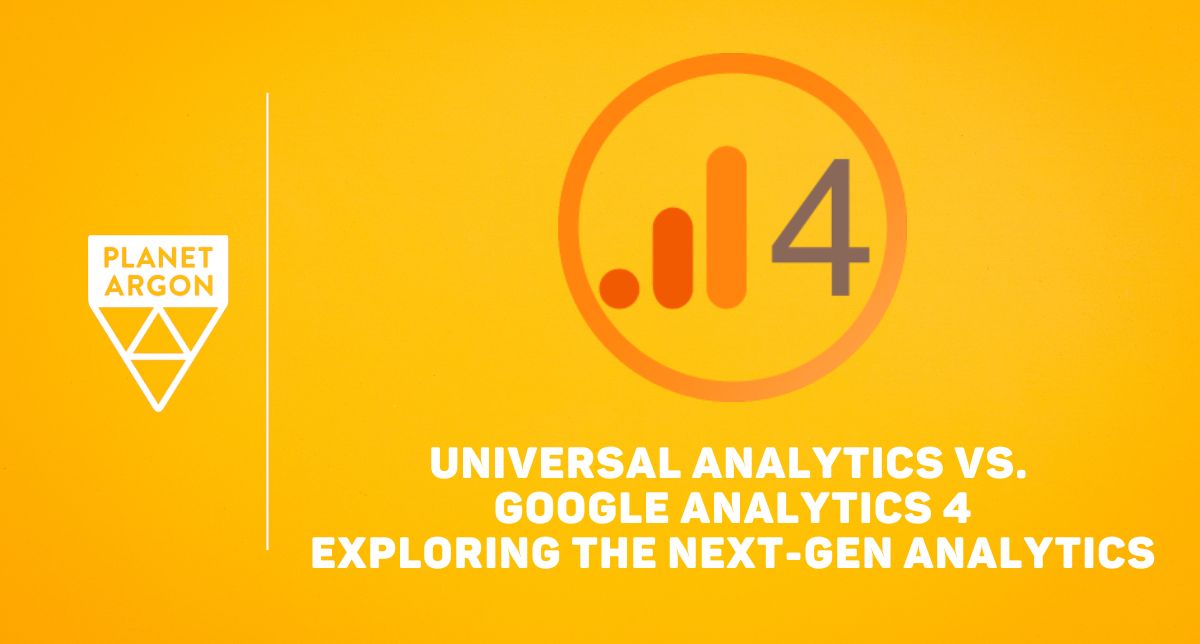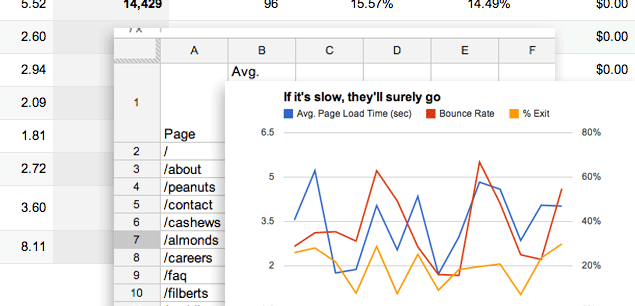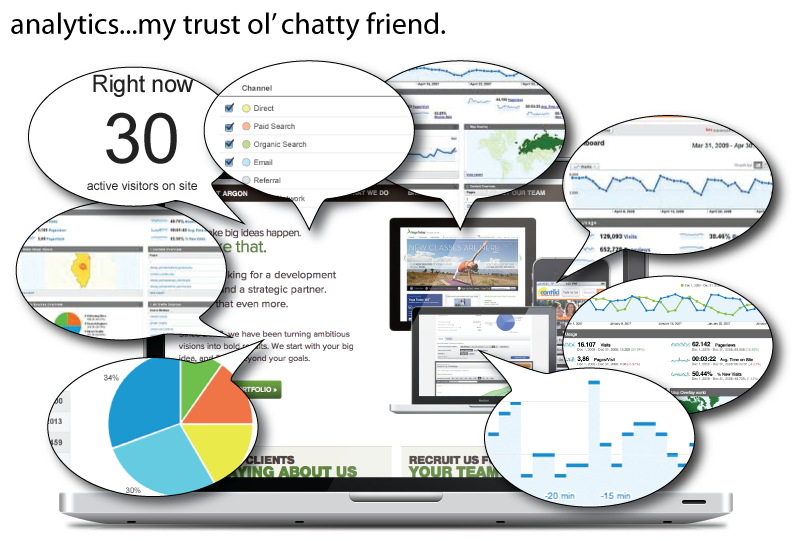
As your organization transitions from Universal Analytics to Google Analytics 4, explore the differences in tracking, reporting, audience segmentation, and privacy features. Prepare for the future of data analysis with GA4!
5 Jul 2023
12 Mar 2014
Recently in the Harvard Business Review, Wyatt Jenkins of Shutterstock shares some thoughts on how their product benefits from experimentation.
11 Jul 2013
Recently, the web community has been sharing a link that argues that carousels don’t work.
2 Jul 2013
We look back at all of our design and development clients since 2006 and breakdown, by month and season, when they made a decision to hire us.
7 Feb 2013

We recently spoke with one of our clients about improving their site performance; specifically, we chatted about the relationship between page load time and user satisfaction. I found a number of articles relating page load speed to bounce rate, but there’s no study as convincing as an analysis of a client’s own statistics. With the help of Annie, our very own analytics expert, I was able to fumble my way through the creation of a helpful chart plotting load time versus exit and bounce rates using Google Analytics and Google Spreadsheets.
17 Dec 2012
Great video to highlight how important it is to monitor how your users are searching for your products. Are there alternate spellings, abbreviations, and/or pop-culture slang that they might be searching for that you’re search indexes aren’t accounting for?
In many of our e-commerce projects, we’ve worked on a handful of solutions to address this. For example, a product like “LA Vacation” could be found under a number of possible searches:
The great thing with most search index tools is that you can shove a lot of additional keywords without having to expose this to your users in some archaic list on the site.
6 Nov 2012
I’ve used Google Analytics, like most of you, I’m sure. But to be honest, I’ve always been slightly overwhelmed with it, too. I know there are a lot of analytics options out there, like Chartbeat for real-time, user-friendly information, and Crazyegg for interesting visuals like heatmaps for click-through rates and scrolling patterns. But, despite some hardships, Google Analytics has always felt like that trusty old friend…that one that talks too much. You know the type. The friend that gives just a little too much detail to a story to successfully get the point across (and you’re lucky if you don’t get sidetracked into some sort of tangent).

29 Jun 2012
Recently, Google released their Building Smartphone-Optimized Websites recommendations. Within these pages, Google briefly describes the different techniques for implementing mobile-optimized sites and, of course, how to ensure that the horde of Google robots recognizes the relationship between your desktop and mobile sites, and index them accordingly.
11 Apr 2012
In preparation for the launch of Planet Argon’s Mobile Web Development Services page, I set out to find some current mobile phone and mobile web statistics. One blog led to another, which led to a few different articles, which eventually led to comScore’s 2012 Mobile Future in Focus report. comScore, a self-described “global leader in measuring the digital world,” released the report in order to examine “insights into the mobile and connected device landscape in 2011 and what they mean for 2012.” Here are a few such insights:
Have a project that needs help?